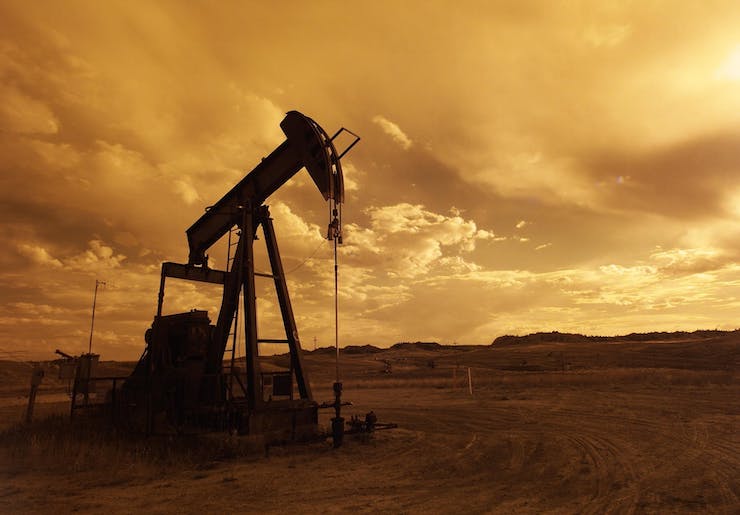
With their headquarters in Anchorage, ConocoPhillips Alaska is the third largest oil and gas company in the United States. They are the world’s largest pure-play exploration and production company, meaning that they focus solely in the field of natural gasses. They are the largest oil producer in Alaska and have been a leader in the technologies that accompany the field for the last 50 years. ConocoPhillips became pioneers when they were one of the first private companies to be granted permission to fly drones for non-experimental purposes.
Before granting ConocoPhillips with a limited certificate to use drones, the FAA said, “obtaining an experimental airworthiness certificate — which specifically excludes commercial operations — was the only way the private sector could operate UAS in the nation’s airspace, a milestone that will lead to the first approved commercial UAS operations.” Since then commercial drone use has become a regular occurrence. The drone used in this landmark operation was a Boeing Insitu ScanEagle.
The ScanEagle is a 40lb long endurance, low altitude drone that was originally intended to collect weather data and help fishermen locate fish. Launched from a research vessel 20 miles off the Alaskan coast in the Arctic Chukchi Sea, the ScanEagle cruised above the waters for approximately 36 minutes. Now the original ScanEagle has been retired and is on display at the Smithsonian Air & Space Museum’s Steven F. Udvar-Hazy Center. Senior Science Fellow at ConocoPhillips pointed out the importance of that first drone flight, “This was the first time the FAA made an exception to their policies and allowed a drone to fly out of line-of-sight of the operator.”
After that first 36 minute flight ConocoPhillips went on to run several more tests, this time in collaboration with the US Coast Guard as well. It was with this partnership that they hit another milestone where they were able to successfully maneuver a drone out of line of sight from a ship out at sea back to a land base. The tests run by ConocoPhillips paved the way for how drones are currently used in the oil and gas industry. Drones have been able to save oil and gas companies countless sums of money and hours with the work they can preform. They are able to inspect hard to reach places, gather sensitive data, and keep humans safer by taking over for high risk procedures.
Today we take for granted how many ways drones are helping in commercial industries. There are still a lot of regulatory hurdles for many drone operators. Flying a drone out of line of sight has always been one of the biggest concerns for the FAA. But because of the testing done by ConocoPhillips the FAA has finally lifted some of those restrictions. Starting this year a new trial for flying drones commercially out of line of sight will take place in a suburban community in Virginia. The purpose of this trial will be to finally test the applicability of drones as a home delivery system. ConocoPhillips ran that maiden drone flight in 2013. To have progressed in less than 10 years to how we are using drones now is a huge achievement.
|